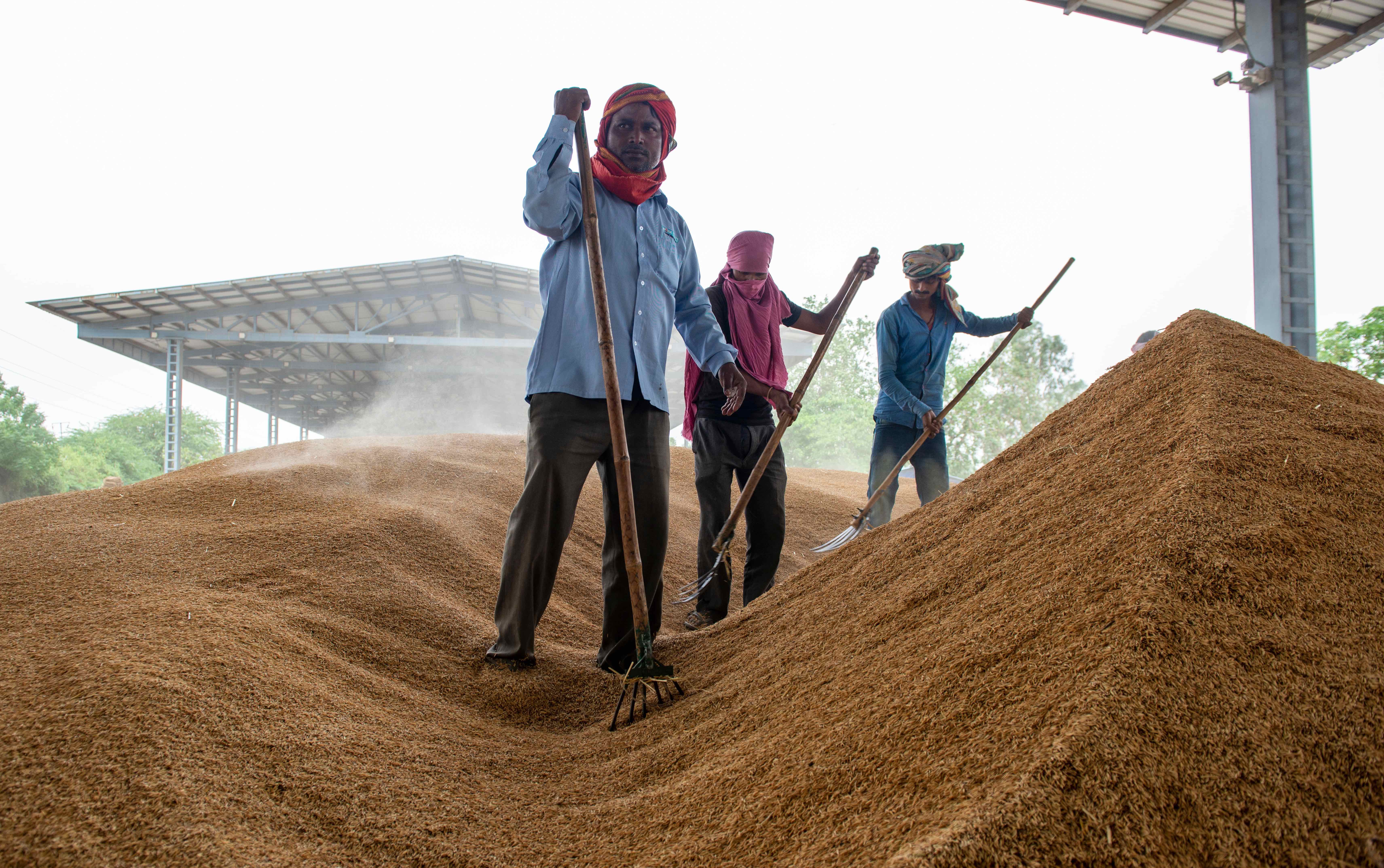Rice is a staple food across many cuisines, and India, among the world's largest producers, counts on several states to cultivate this essential crop. Here, we highlight the top 7 states known for their high-quality crop and significant contributions to India's rice production. Each state consists of unique climatic conditions, authentic farming practices, and soil quality. Explore this intriguing topic further for valuable insights and facts.
West Bengal
West Bengal holds the top position as India's largest rice-producing state, producing about 15 million metric tons of rice annually. With its hot, humid summers and a rainy season from June to September, the state is renowned for cultivating various types of rice such as Aman, Boro, and Aus.
Uttar Pradesh
Uttar Pradesh experiences hot summers and a rainy season. Farmers here grow both long-grain and short-grain rice varieties. Uttar Pradesh contributes around 14 million metric tons of rice annually, playing a major role in India's rice production.
Punjab
Punjab's climate varies from semi-arid to sub-tropical, with hot summers and cold winters. It's known for growing high-quality basmati rice, which is famous for its aroma and long grains. Punjab produces approximately 12 million metric tons of rice every year.
Andhra Pradesh
With its tropical climate of hot summers and a monsoon season, Andhra Pradesh is a significant rice producer in India. It grows various types of rice and contributes around 11 million metric tons annually to the country's rice production.

Telangana
Telangana has a semi-arid tropical climate with hot summers and a monsoon season. The state produces about 7.5 million metric tons of rice each year, concentrating on enhancing rice productivity through better water management techniques.
Bihar
Bihar's climate consists of hot summers and a monsoon season, ideal for growing aromatic rice varieties. It produces around 7 million metric tons of rice annually, playing a key role in India's rice production with consistent efforts to improve farming methods.
Tamil Nadu
Tamil Nadu consists of diverse climates across its regions, followed by hot summers and a monsoon season from June to September. The state annually cultivates approximately 5 million metric tons of rice, including varieties such as Samba, Ponni, and Basmati across various agricultural lands.
How much rice did India produce last year?
In the fiscal year 2023, India produced an impressive 135 million metric tons of rice. This marked a significant increase from previous years, reflecting the country’s robust agricultural practices and favorable climatic conditions. As a staple food for a large portion of the population, rice plays a crucial role in India’s food security and economy. The production surge also demonstrates India’s position as a leading global exporter of rice, catering to both domestic and international markets.

The importance of rice
Rice is a vital food staple for more than half of the global population. It provides essential nutrients, including carbohydrates for energy and proteins for growth and repair. Varieties like brown rice are particularly nutritious, offering higher fiber content and important vitamins and minerals. Beyond its nutritional benefits, rice supports the livelihoods of millions of farmers and workers around the world. Its ability to thrive in diverse climates and conditions makes it a reliable crop, ensuring food security for many communities. This grain’s significance extends from daily meals to economic stability, highlighting its indispensable role in global nutrition.
Source: India Times





